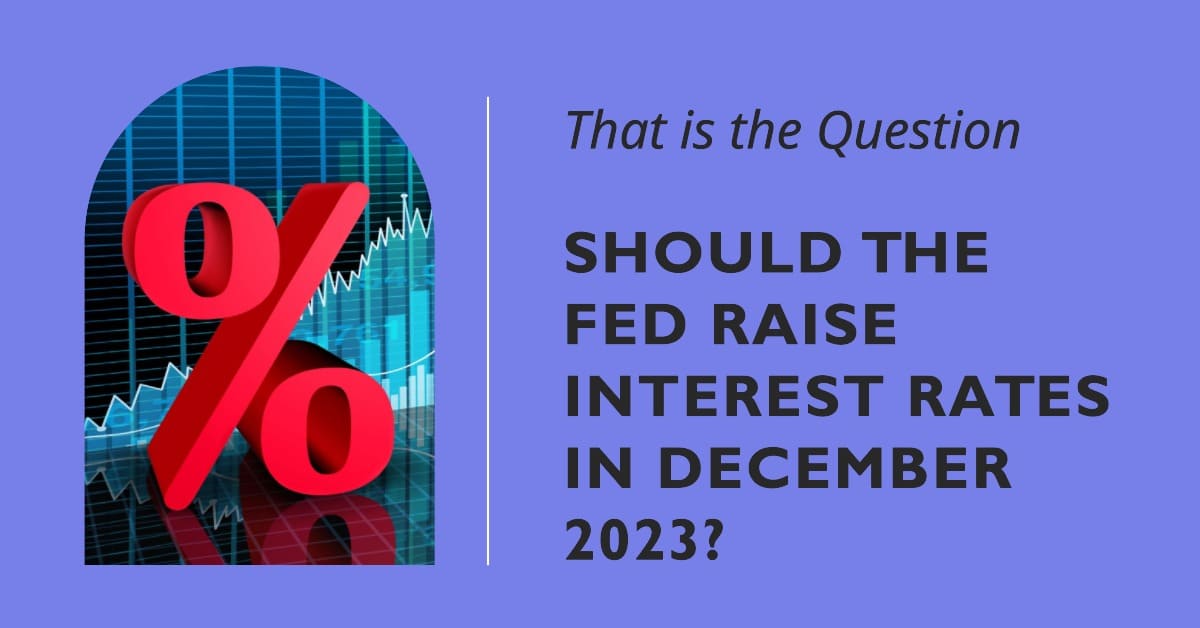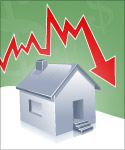
The Federal Reserve, or the Fed, is the central bank of the United States. It has the power to influence the economy by setting the target range for the federal funds rate, which is the interest rate that banks charge each other for overnight loans. The Fed also controls the supply of money in the economy by buying and selling government securities, such as Treasury bonds.
Inflation Concerns
However, as the economy has rebounded from the pandemic, inflation has also risen sharply. The Consumer Price Index (CPI), which measures the changes in the prices of a basket of goods and services, increased by 6.2% in October 2023 compared to a year ago. This is the highest annual inflation rate since November 1990. The Fed's preferred measure of inflation, the Personal Consumption Expenditures (PCE) price index, rose by 4.9% in September 2023 compared to a year ago. This is well above the Fed's target of 2%.
The main drivers of inflation are supply chain disruptions, labor shortages, higher energy costs, and strong consumer demand. Some of these factors are expected to be transitory, meaning that they will fade over time as the economy adjusts to the post-pandemic environment. However, some of these factors may persist or worsen, leading to more persistent inflation.
The Fed's Response
The Fed has acknowledged that inflation is higher than expected and that it poses a risk to its goals. The Fed has also announced that it will start tapering its asset purchases in November 2023, reducing them by $15 billion per month until they end in mid-2024. This is a sign that the Fed is preparing to tighten its monetary policy stance and eventually raise interest rates.
Should Fed Raise Interest Rates in December 2023?
The answer is: it depends.
It depends on how inflation evolves in the coming months and how it affects the public's expectations of future inflation. If inflation remains high or accelerates further, and if people start to expect higher inflation in the long run, then the Fed may have to raise interest rates sooner and faster than anticipated. This would help to anchor inflation expectations and prevent inflation from becoming unmoored.
However, if inflation moderates or decelerates, and if people continue to expect low inflation in the long run, then the Fed may have more time and flexibility to raise interest rates gradually and cautiously. This would avoid choking off the economic recovery and hurting vulnerable groups such as low-income workers and borrowers.
Fed's Projections
The Fed's projections, released in September 2023, show that most Fed officials expect to raise interest rates once in 2023, three times in 2024, and three times in 2025. This would bring the federal funds rate to 1.8% by the end of 2025, still below its pre-pandemic level of 1.75%. However, these projections are based on assumptions and uncertainties that may change over time.
Market Expectations
The market's expectations, as reflected in futures contracts, are more hawkish than the Fed's projections. The market expects the Fed to raise interest rates twice in 2023, four times in 2024, and four times in 2025. This would bring the federal funds rate to 2.5% by the end of 2025, above its pre-pandemic level.
The gap between the Fed's and the market's expectations creates uncertainty and volatility for investors and businesses. It also creates communication challenges for the Fed, which has to balance clarity and flexibility in conveying its policy intentions.
Upcoming FOMC Meeting
The next meeting of the Federal Open Market Committee (FOMC), which sets the monetary policy of the Fed, will take place on December 14-15, 2023. The FOMC will review the latest economic data and update its projections and guidance. The FOMC will also announce its decision on whether to raise interest rates or keep them unchanged.
The Fed's main goals are to promote maximum employment, stable prices, and moderate long-term interest rates. To achieve these goals, the Fed adjusts the federal funds rate in response to changes in economic conditions and inflation expectations. A higher federal funds rate makes borrowing more expensive and reduces the demand for goods and services. A lower federal funds rate makes borrowing cheaper and stimulates the demand for goods and services.
Personal Opinion on the Question – Should the Fed Raise Interest Rates in December 2023?
My opinion is: no.
I think that raising interest rates again in December 2023 would be not the best decision given the looming recession concerns. The current inflation is largely driven by temporary factors that will subside over time. I think that the economy is still recovering from the pandemic and that some sectors and groups are still struggling.
I think that the Fed should wait for more evidence of sustained inflation and broad-based growth before tightening its policy. I think that the Fed should maintain its credibility and flexibility by following the data and not the market.
In response to rising inflation concerns, the Federal Reserve raised interest rates, but now faces the challenge of navigating a potential “hard landing.” While inflation is expected to ease, the Fed must decide whether to pause or reduce rates.
I think the Fed should maintain a cautious, data-driven approach to ensure economic stability and avert a recession. Flexibility in response to evolving conditions remains crucial.
Of course, I could be wrong. And the Fed may have a different view. And the situation may change. And the Fed may change its mind.
That's why we should pay attention to what the Fed says and does in the coming weeks and months.
And that's why we should keep asking: should the Fed raise interest rates?



